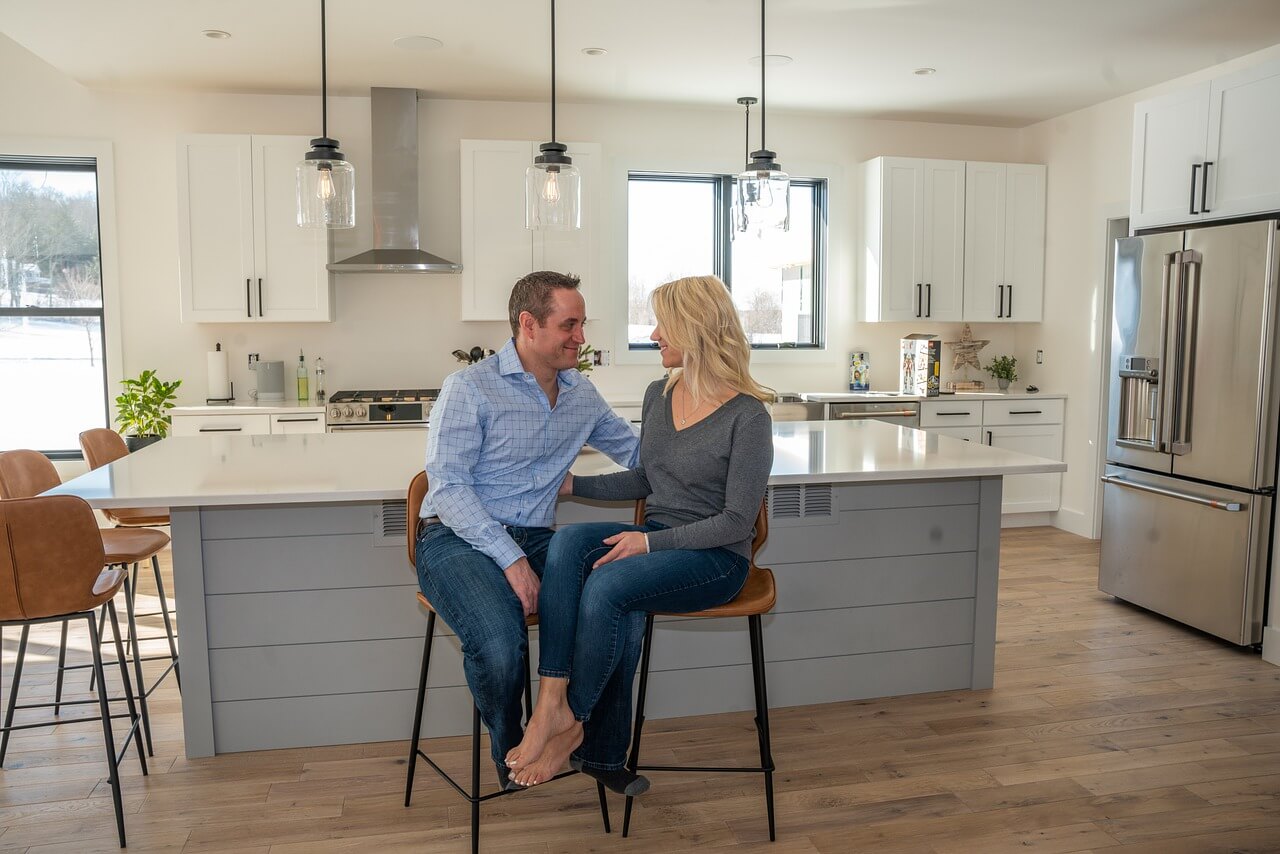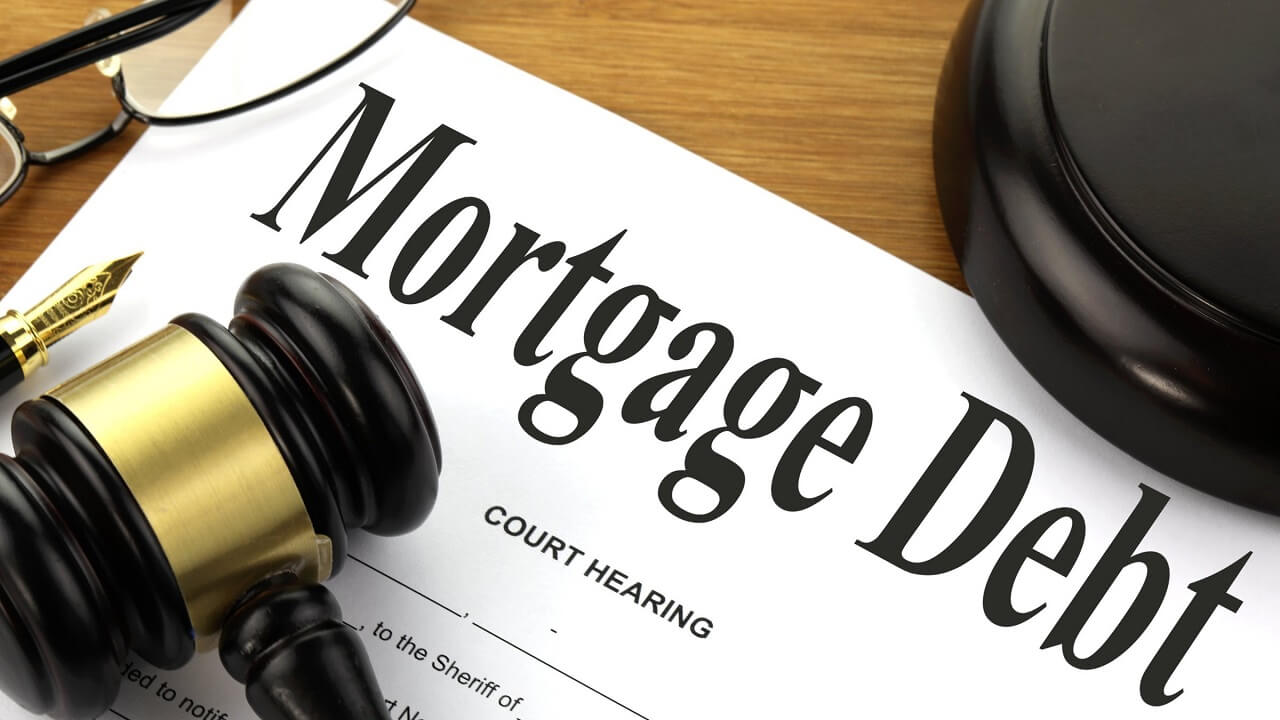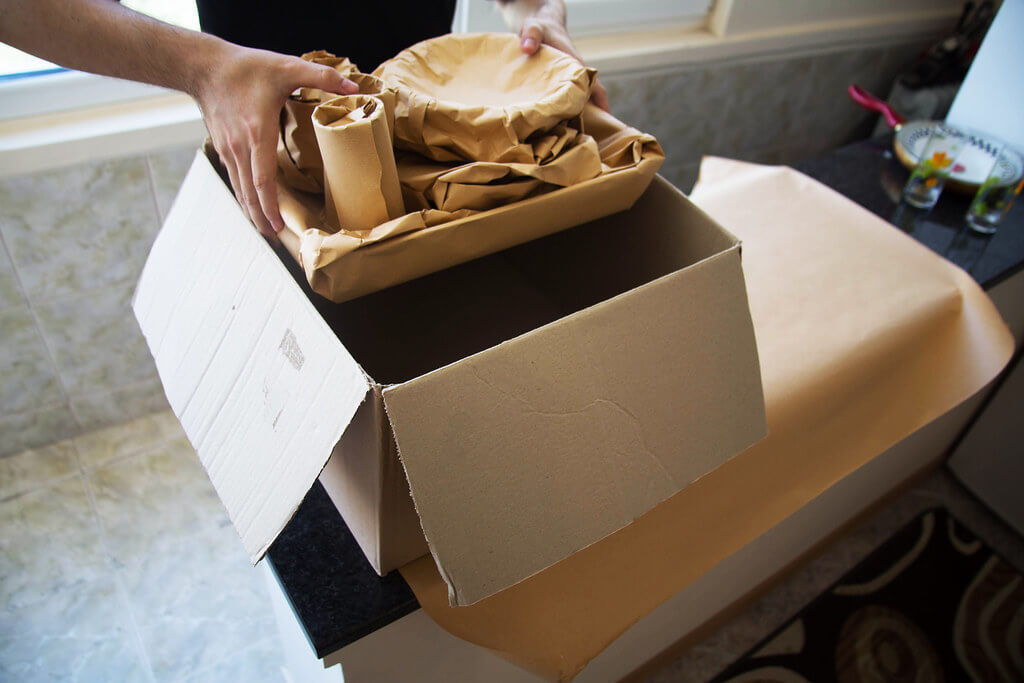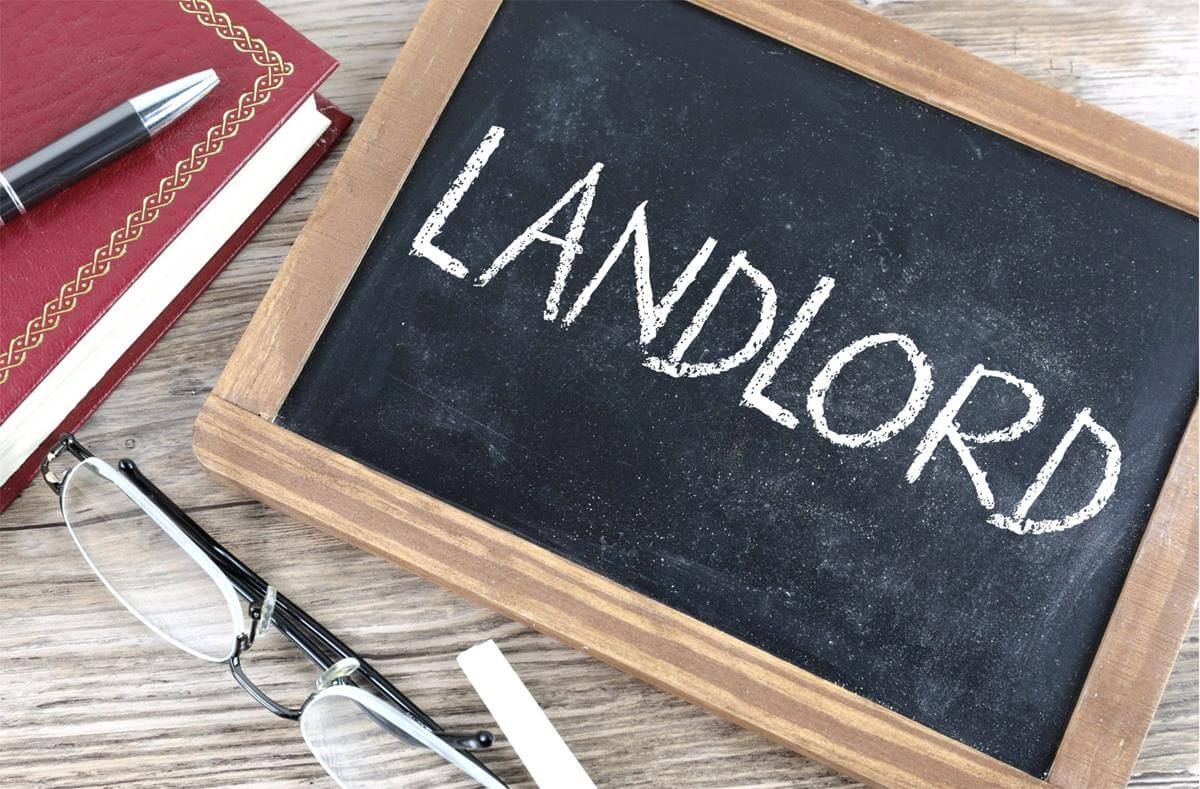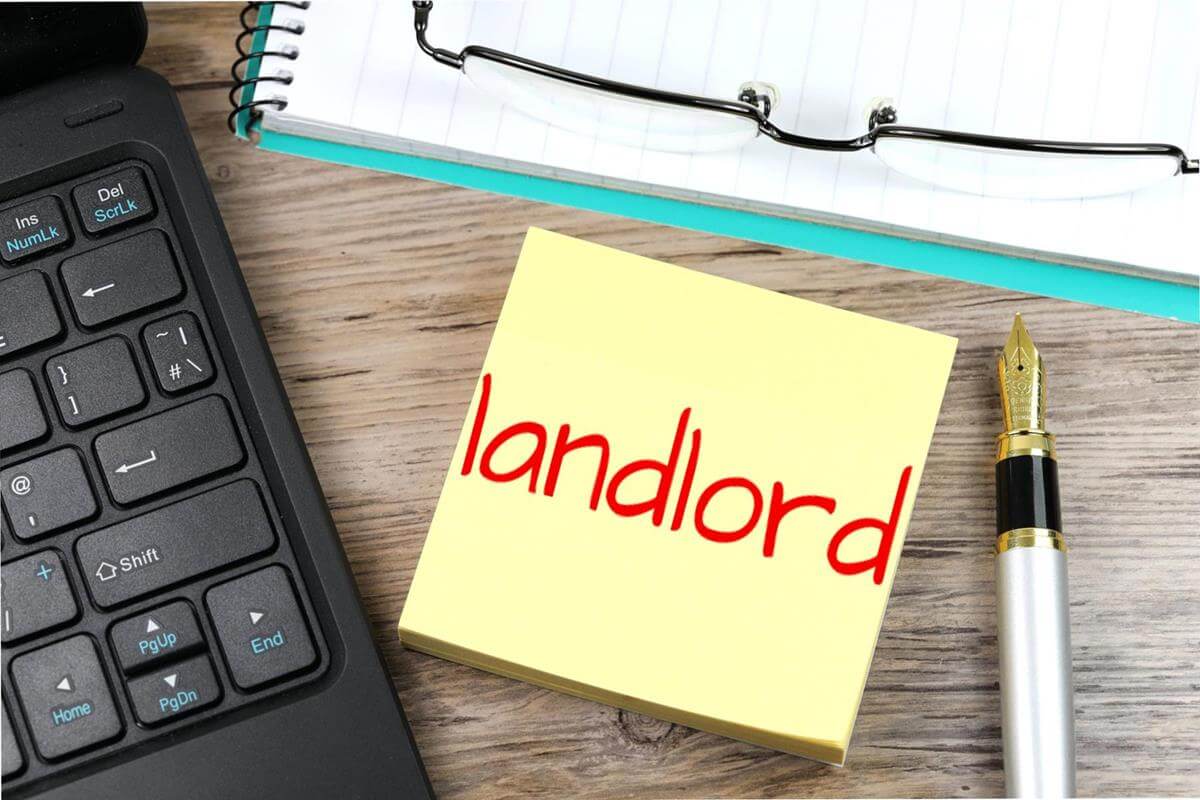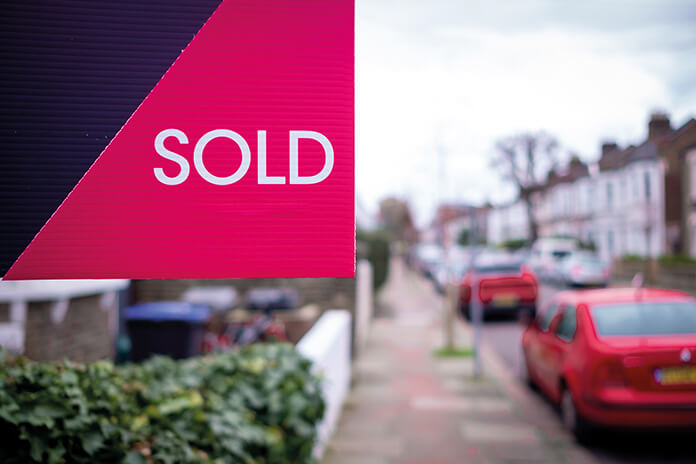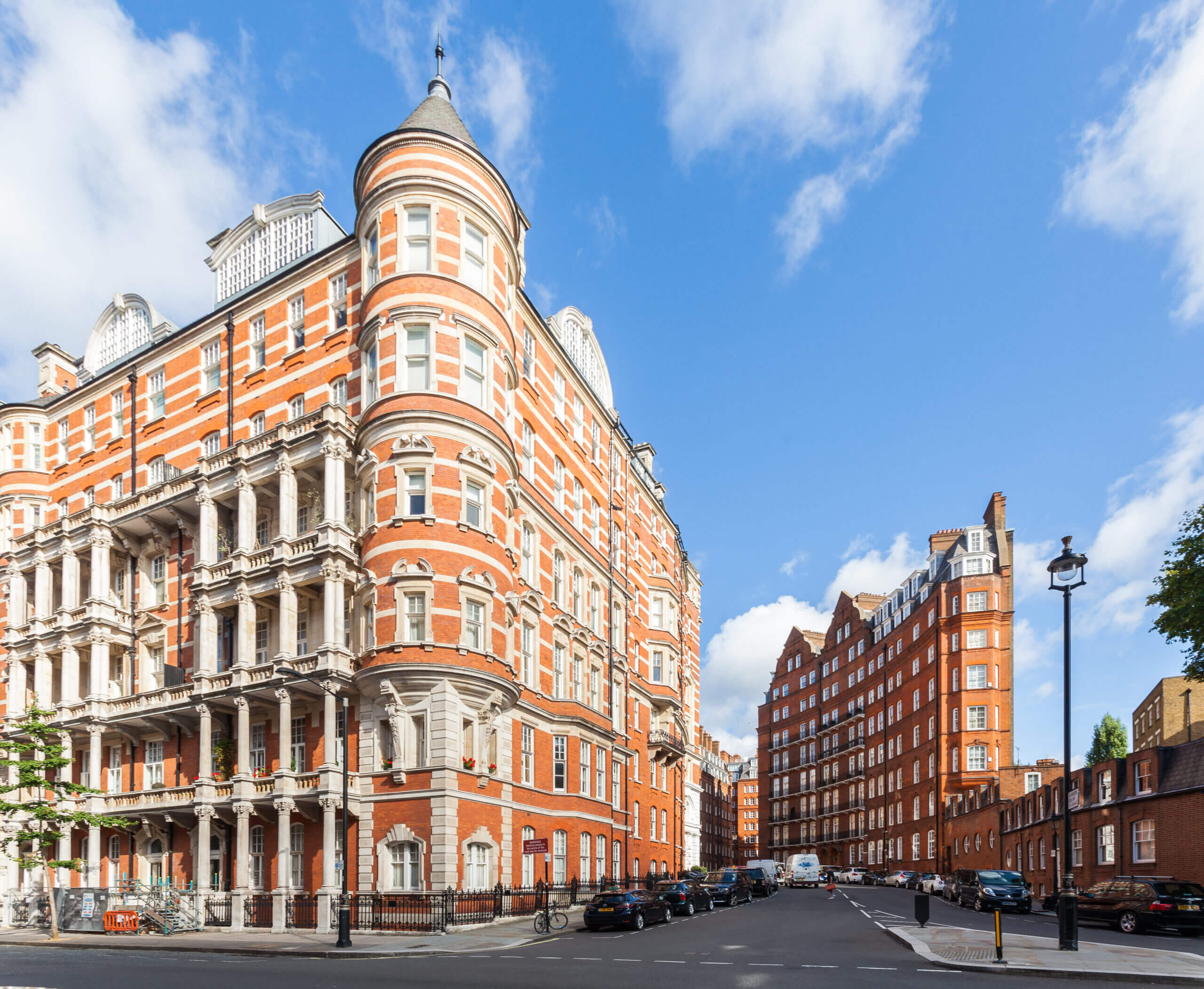UK Monthly House Prices Fall Again
The cost of the average property was down in July by 0.1 per cent to £293,221.
That’s according to the latest Halifax House Price Index, where – not surprisingly – analysts attribute the monthly fall to the increasingly tightening cost of living crisis, as well as the jump in mortgage interest rates.
Monthly mortgage hikes strike
The Bank of England increased its interest rate by 0.5 per cent this week. It took the UK base rate to 1.75 per cent, meaning those on tracker and variable mortgage rates will see a hike in their monthly payments. The interest rate rise itself was the highest in 27 years.
Banking organisation UK Finance say there are around 800,000 borrowers on a tracker mortgage and another 1.1 million on a Standard Variable Rate (SVR) deal.
The best two-year mortgage package is already more than two per cent higher than in January this year, according to a survey by L&C Mortgages. That means a typical £150,000 repayment mortgage over 25 years is now £159 higher per month, while a £150,000 tracker mortgage with 20 years remaining would go up £38 a month. Meanwhile, there are around 1.3m fixed-rate mortgage deals due to end between now and the end of the year.
Many economists have been expecting property prices to fall since the start of the year. Yet despite the drop (from 12.5 per cent to 11.8 per cent), property is still around £30,000 higher in value than in July 2020 when the market could only be described as ‘frenzied.’ There is plenty of agreement across the industry that prices are expected to drop further in 2023.
Mortgage approvals falling
June saw mortgage approvals down for the fifth month in a row. The number of householders granted finance fell from 65,681 in May fell to 63,726 last month. Both figures are lower than the month before the pandemic struck (February 2020) when 67,000 mortgages were approved.
And yet, there are still plenty of house transactions taking place. According to property research company TwentyCi, there are, in July, around 10 per cent more homeowners getting ready to move compared to April this year.
The company’s MD Colin Bradshaw said: “Our previous observation that the owner-occupied sector appears to be detached from the woes that are befalling the wider economy continues to hold true. Transactional levels remain greater than 2019 and we are yet to see a sharp re calibration of the residential property market in either price or volume.”
Nearly 1.2 million property transactions are expected to have taken place in 2022 by the end of the year. Sales in Inner London have picked up again – at a 28 per cent increase since the start of the pandemic.
Repossessions are ‘up’
Mortgage arrears fell for the first three months of the year – a drop of almost four thousand households. But repossessions are up this quarter (from 320 properties to 390) according to statistics from the latest UK Finance data. Of those properties 580 were homeowner mortgaged and 370 buy-to-let properties.
To keep up to date with all the latest property news subscribe to our magazine today.




